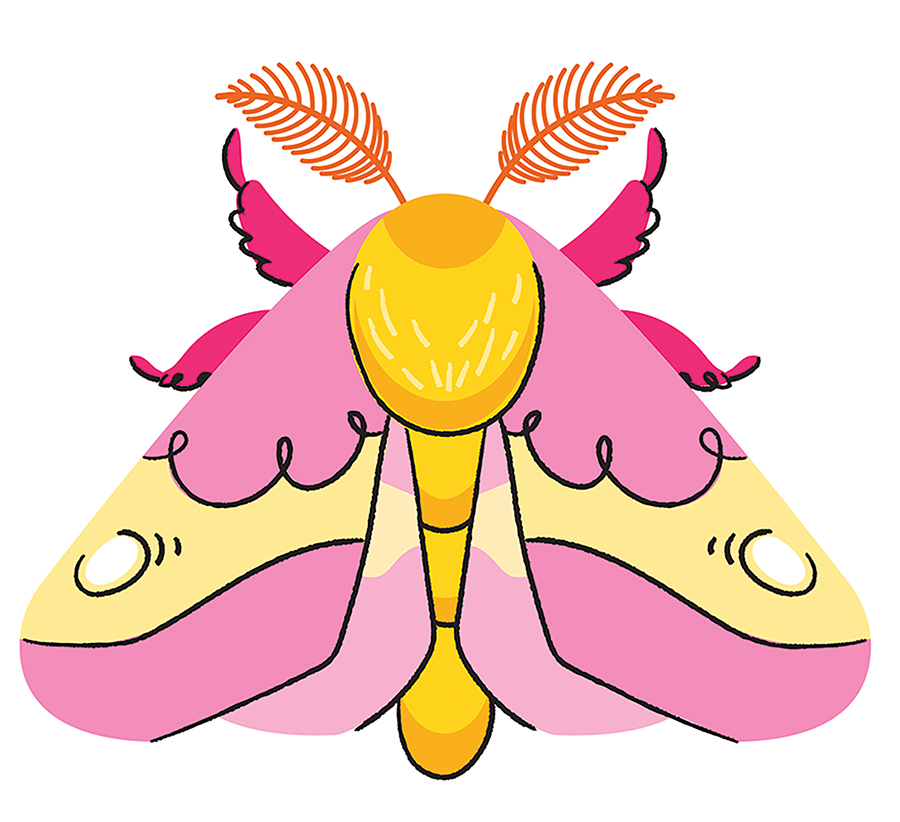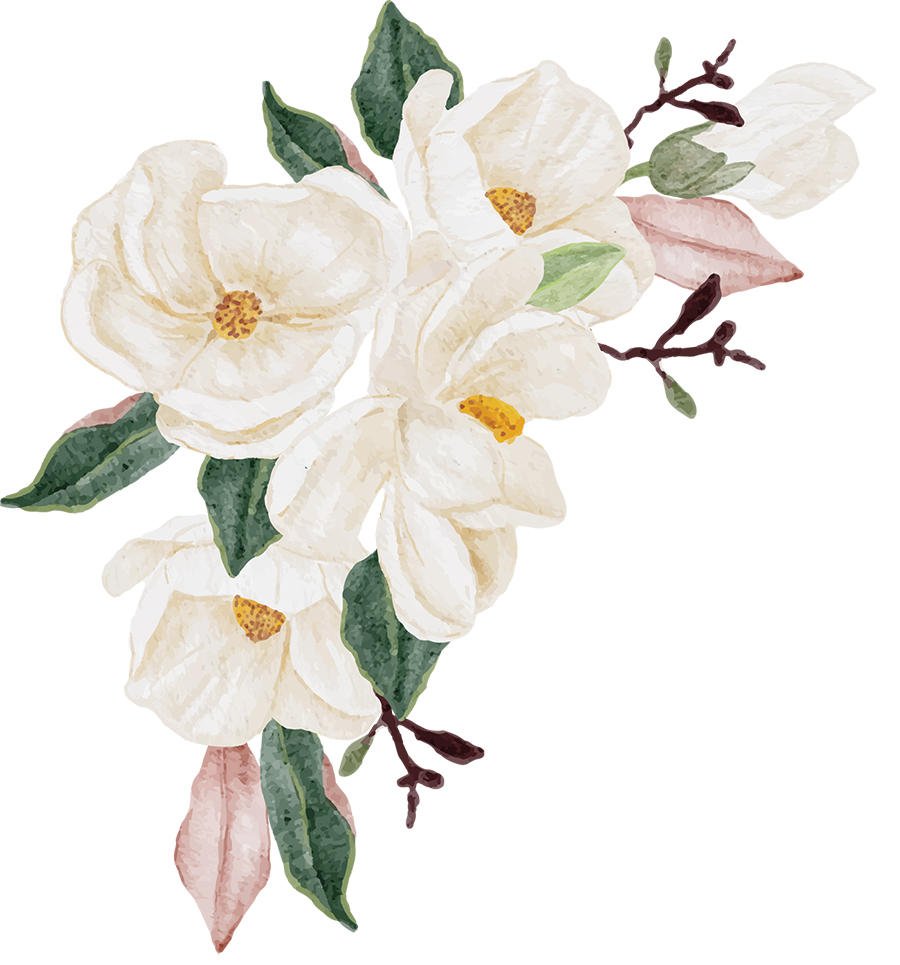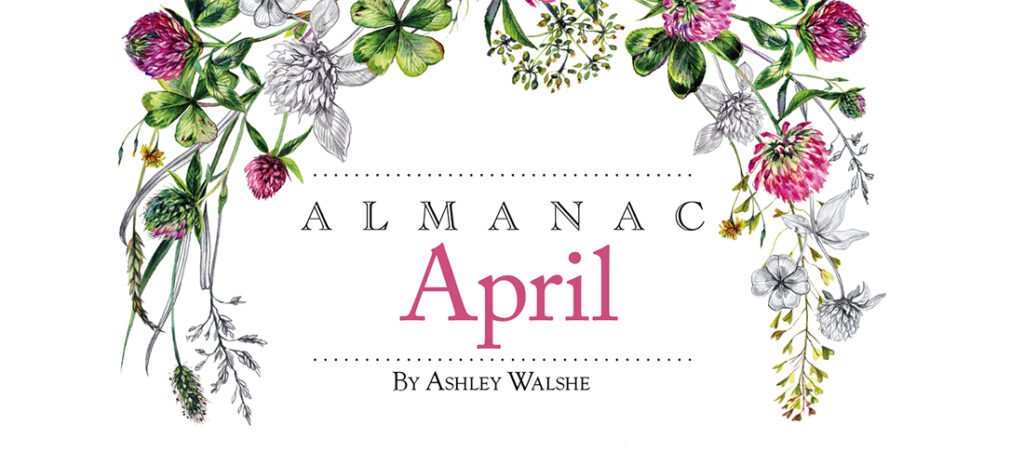ALMANAC
Almanac February
By Ashley Walshe

February is a vision quest, a serenade, a love note in the wide open wood.
On this day, though winter’s grip seems only to have tightened, the cloudless sky is otherworldly-blue. The vibrancy of color hones your senses. At once, a dreary world is clear and bright.
Follow your breath toward the luminous yonder. Above, a red-tailed hawk settles in a web of silver branches. Below, dead leaves perform their unbecoming, spilling into humus at the speed of dirt. What more is there to know?
Wander noiseless as a doe. Can you fathom the vastness of sky, the medicine of silence, the wisdom of barren earth? Can you grasp the full potential of this frozen pause?
As the cold air stings your face and lungs, a shock of yellow rises from the forest floor. Daffodil buds, swollen with promise. Look closely. Do you see your own reflection? Do you feel the inner workings of your own becoming?
Walk gently. Feel the sun caress your back and shoulders. Listen to the whisperings of trees.
The deeper you drift, the more you can sense your own emptiness and fullness. The days begin to stretch. Ensembles of daffodils open. A cardinal sings a song of spring.
Winter has changed you. Prepared you for your own luminous unfurling. There was no other way but through.
Give thanks to this frozen pause, the sting of cold, the promise that was always here. Even when you couldn’t yet see it.
Year of the Snake
The Chinese Lunar New Year, which began on Wednesday, January 29, culminates with the Lantern Festival on the Full Snow Moon (February 12). Cue the paper puppets for the Year of the Wood Snake. Ancient myth tells that 12 animals raced to the Jade Emperor’s party to determine which order they would appear in the zodiac. Sneaking a ride round the hoof of swift-and-mighty horse, snake was sixth to complete the great race, crossing the finish line before horse, ram, monkey, rooster, dog and pig. Those born in the Year of the Wood Snake are known to be highly perceptive, intuitive and adaptable. How will the wood snake shape your destiny? The Times of India predicts a year of profound transformation and growth. If you’re searching for direction, you’ll find it within.


Love Songs
Perhaps nothing says spring is nigh so clearly as the sudden swell of chorus frogs screaming from the wetlands and darkening woods. Spring peepers, whose hypnotic high-pitched calls stretch throughout the night, have but one objective. The louder and faster they peep, the better their chances of attracting a mate. Do you hear that? Love is in the air indeed.





















 A Bat Rap
A Bat Rap Late summer means the last of the blueberries, sure. But can you say muscadines for days? And let’s hear it for those early pears!
Late summer means the last of the blueberries, sure. But can you say muscadines for days? And let’s hear it for those early pears!

 J
J Night Bloomers
Night Bloomers  Puck & Co.
Puck & Co. 

 M
M



 A
A Earth Day is celebrated on Monday, April 22. Make it a garden party. Or, better yet, a garden-planting party.
Earth Day is celebrated on Monday, April 22. Make it a garden party. Or, better yet, a garden-planting party.